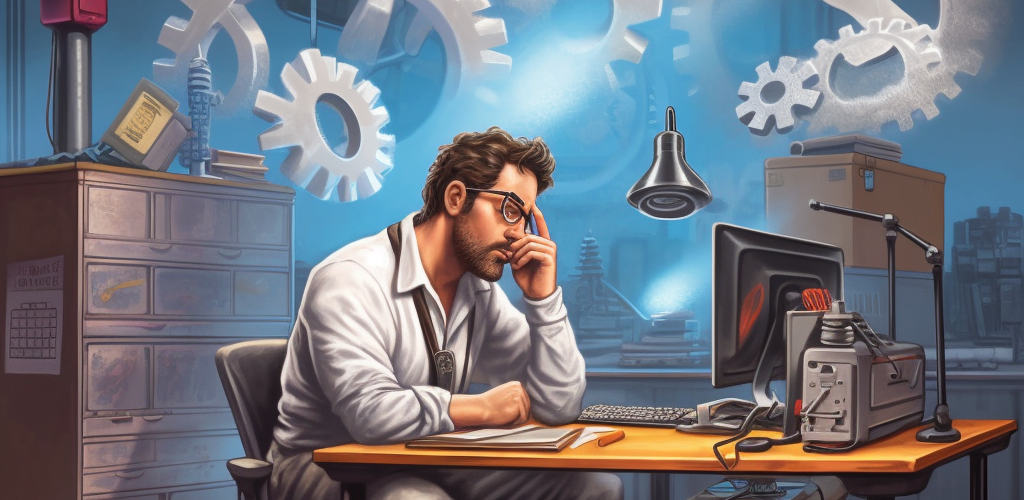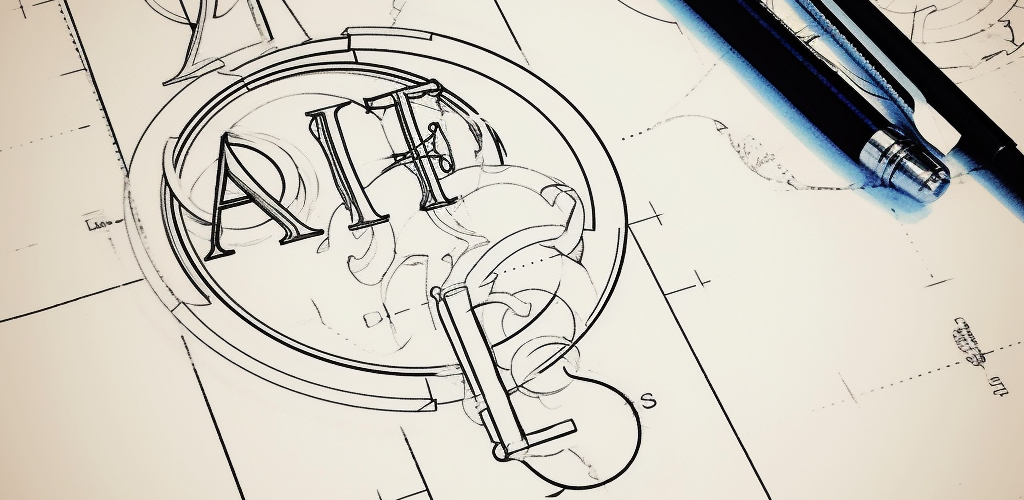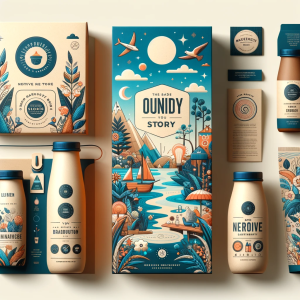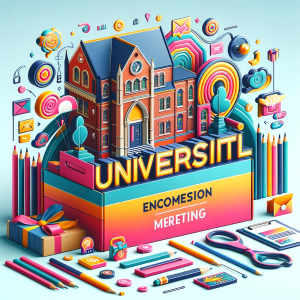Introduction
In the bustling world of paper packaging, design is more than just an artistic endeavor; it’s a fusion of aesthetics, function, and manufacturability. For manufacturers, the art of paper packaging design takes on a different hue. Unlike designers who often approach it from a purely creative perspective, manufacturers must weave in the realities of production lines, material constraints, and cost efficiencies.
While the goal remains to craft visually appealing packages that resonate with consumers, manufacturers face a myriad of challenges in bringing these designs to life. From ensuring color consistency across thousands of units to optimizing the layout for minimal waste, the task is intricate. But with these challenges come unique opportunities. The chance to innovate, to push the boundaries of what’s possible in design while balancing the practicalities of large-scale production. In this exploration, we’ll delve deep into the world of paper packaging design from the lens of those who breathe life into these designs – the manufacturers.
The Manufacturer's Take on Paper Packaging Design

When stepping into the realm of paper packaging design from a manufacturer‘s standpoint, one quickly recognizes that it’s not just about aesthetics. While the external allure of packaging is crucial for attracting consumers, a manufacturer is tasked with ensuring that this beauty is more than skin-deep. It’s about structure, efficiency, and the delicate dance between creativity and feasibility.
Integration of Design into the Manufacturing Process
At the heart of paper packaging manufacturing lies a fundamental truth: design and production are deeply intertwined. Every curve, fold, and graphic on the design blueprint must be translated to real-world machinery and processes. This requires designs to be not just imaginative but also rooted in the practicalities of production. For manufacturers, the challenge is to ensure that the integrity of the design is maintained, all while keeping the production process smooth and efficient.
The Pivotal Role of Layout Design
Layout design is the unsung hero in the world of paper packaging. It determines how components are arranged on a sheet before cutting, ensuring that the final product fits together seamlessly. This design stage is critical because it directly impacts material usage, waste generation, and production speed. A well-planned layout can mean the difference between a project that’s profitable and one that drains resources.
Consider this: A poorly planned layout might lead to excessive paper waste, higher costs, and longer production times. In contrast, an optimized layout can efficiently utilize materials, reduce waste, and speed up production, leading to significant cost savings.
Data Point:
A study in the packaging industry found that optimizing layout design can lead to a reduction of up to 15% in material waste. This not only translates to direct cost savings but also emphasizes a manufacturer’s commitment to sustainability. With the growing demand for eco-friendly practices, such efficiency gains become doubly beneficial, offering both environmental and economic advantages.
In essence, while the end consumer might admire a package for its vibrant colors or innovative shape, for manufacturers, the beauty often lies in the efficiency and precision of its design and production. Ensuring that a package is functional, efficient, and cost-effective is an art in itself – one that manufacturers master over time.
The Art of Design for Manufacturers

For manufacturers, diving into the realm of design is not solely about crafting visually appealing packages. It’s about achieving a perfect blend of aesthetics and function while ensuring consistency, feasibility, and brand integrity throughout large-scale production. Let’s delve into three pivotal design facets that manufacturers often grapple with.
1. Color Consistency:
In the world of printing and manufacturing, achieving color consistency is both an art and a science. As batches roll out, ensuring that the first box’s hue matches the thousandth is paramount.
Challenges: Different paper materials can absorb inks differently, leading to slight color variations. Additionally, external factors like humidity and temperature can influence how ink sets on paper.
Solutions: Utilizing color management systems and advanced printing technologies, manufacturers can maintain consistent color reproduction. Regular calibration of printing machinery and using standardized inks can further ensure that the hues remain undeviated.
2. Typography:
The written word on a package is more than just information; it’s a reflection of the brand’s voice. From bold titles to minute disclaimers, every letter matters.
Challenges: Different package sizes mean varying space for text. Ensuring that the typography remains legible on a small box while not appearing oversized on a larger one can be challenging.
Solutions: By employing scalable vector fonts and using design software with dynamic resizing capabilities, manufacturers can ensure brand and typography consistency across various package dimensions.
3. Graphics and Illustrations:
Images, patterns, and illustrations give life to a package. But different paper materials come with their unique textures and finishes, which can impact how a design appears.
Challenges: Glossy papers can reflect light, potentially affecting the visibility of certain graphics. Conversely, matte papers might not capture the vibrancy of specific colors.
Solutions: Understanding the properties of the chosen paper material is crucial. Manufacturers can adjust color saturation, contrast, and design details to ensure that the graphics remain prominent and true to the intended design, irrespective of the paper finish.
In essence, the art of design for manufacturers lies in mastering these technicalities. It’s about ensuring that every package, irrespective of its size, material, or batch, resonates with the brand’s voice and vision while remaining consistently captivating.
The Science Behind Manufacturer-Centric Design
Delving into the design world from a manufacturer’s viewpoint goes beyond mere aesthetics. It encompasses an intricate balance of art, consumer demands, and the nitty-gritty of production feasibility. Here’s an exploration of the science and strategies behind designs tailored for manufacturers.
1. Material Constraints:
The choice of paper isn’t just a matter of texture and finish; it fundamentally influences design capabilities.
Challenges: Some papers can’t hold intricate details without bleeding, while others may not be suitable for certain types of ink or print methods.
Solutions: Manufacturers need to work closely with designers to understand the potential and limitations of chosen materials, ensuring that the design visions are both beautiful and feasible.
2. Sustainability:
With the world leaning towards eco-friendly choices, designing with sustainability in mind has never been more crucial.
Challenges: Creating a design that’s both visually appealing and environmentally friendly can be a daunting task. This often involves striking a balance between aesthetics and minimalism.
Solutions: Using vegetable-based inks, reducing laminate layers, and designing for easy recyclability are steps manufacturers can take.
Data Point: A recent survey highlighted that 73% of consumers are willing to pay more for sustainable packaging. Brands that prioritize eco-friendliness in their design and materials often witness a positive impact on sales.
3. Layout Design:
The essence of manufacturer-centric design is efficient layout planning, ensuring optimal material utilization.
Challenges: Achieving a design that fits seamlessly into production lines while ensuring minimal wastage requires in-depth knowledge of machinery and processes.
Solutions: Employing CAD and digital mock-up tools, manufacturers can simulate the production process, tweaking designs for maximum efficiency.
Case Study: Maximizing Efficiency
Z Company, a renowned packaging manufacturer, once faced challenges with excessive paper wastage due to a non-optimized design layout. Collaborating with their design team, they adopted a modular design approach. This strategy involved creating designs that could be adjusted dynamically to fit varying box sizes without material wastage. The result? A whopping 25% reduction in paper wastage and significant cost savings.
In the vast universe of design, manufacturers are the unsung strategists. They ensure that every creative vision is rooted in practicality, sustainability, and efficiency. Through meticulous planning and leveraging data, manufacturers can elevate the science of design to an art form.
Trends and Innovations in Paper Packaging Design for Manufacturers

In today’s fast-paced world, staying updated with the latest trends and innovations isn’t just beneficial; it’s vital. For paper packaging manufacturers, this means continuously evolving their design strategies to meet the needs of both consumers and the environment. Here are some of the forefront trends and innovations tailored for manufacturers:
1. Efficient Layouts:
Driving the Green Revolution through Design
The Trend: There’s a robust push towards making the most out of every sheet of paper, thanks to the global emphasis on sustainability.
Innovation: Advanced software tools are now enabling designers to calculate the most efficient layout for packaging, aiming to reduce scrap paper and optimize the manufacturing process. For instance, nesting techniques can be used to fit multiple designs onto a single sheet, ensuring minimal waste.
2. Digital Prototyping:
Visualizing Before Producing
The Trend: Gone are the days of creating physical prototypes for every design iteration. Digital transformations are reshaping the way manufacturers approach the prototyping stage.
Innovation: With technologies like 3D printing and digital simulation, manufacturers can now create virtual prototypes of their packaging designs. This not only speeds up the design process but also allows for real-time tweaks and adjustments without incurring extra costs. Virtual reality (VR) and augmented reality (AR) further allow stakeholders to ‘experience’ the packaging before it hits the production line.
3. Interactive Elements:
Engaging the Tech-savvy Consumer
The Trend: The modern consumer isn’t just looking for packaging; they’re seeking an experience. Interactive elements on packaging are bridging the gap between the physical product and the digital world.
Innovation: QR codes, NFC tags, and AR markers are becoming staples in packaging design. When scanned with a smartphone, they can provide additional product information, promotional offers, or even augmented reality experiences. The challenge for manufacturers is to incorporate these elements without disrupting the manufacturing workflow. Advancements in printing technology now allow for the seamless integration of these interactive markers without compromising design aesthetics or manufacturing speed.
In conclusion, the realm of paper packaging design is in the throes of a revolution. Manufacturers are at the forefront, merging creativity with technology, ensuring that every box or package isn’t just a container but an experience in itself.
Challenges from a Manufacturer's Lens

The intersection of creativity and functionality is where manufacturers often find themselves. The paper packaging industry, though ripe with opportunities, presents a unique set of challenges that manufacturers must navigate. Let’s delve into some of these challenges that manufacturers often grapple with:
1. Balancing Design Aspirations with Manufacturing Constraints:
The Tightrope Walk
The Challenge: Every designer dreams of crafting the perfect package, one that stands out on the shelves and resonates with consumers. However, these design ambitions often bump heads with the realities of manufacturing. Intricate designs may be aesthetically pleasing but might not be feasible when considering factors like material strength, machinery limitations, or cost constraints.
The Implication: Striking a balance requires continuous collaboration between designers and manufacturing teams. Both parties need to understand and respect the constraints of the other, ensuring that the final design is both striking and producible without unnecessary complications or costs.
2. Keeping Up with Rapidly Changing Design Trends while Ensuring Manufacturability:
Staying Relevant Yet Realistic
The Challenge: Design trends in the paper packaging industry can shift quickly, driven by consumer preferences, sustainability concerns, or technological advancements. Manufacturers are expected to pivot their processes to accommodate these trends swiftly.
The Implication: Adapting to new trends is essential to stay competitive. However, a hasty shift might lead to issues in the production line, increased waste, or reduced efficiency. Manufacturers need to be agile, investing in versatile machinery and training to ensure they can cater to evolving demands without compromising on quality or efficiency.
3. Ensuring Design Consistency Across Large Batches:
The Quest for Uniformity
The Challenge: Paper packaging design isn’t just about the initial prototype but ensuring that the ten-thousandth box looks just as good as the first. Factors like ink spread, paper quality variations, or machine calibrations can lead to inconsistencies in the final product.
The Implication: Inconsistent packaging can hurt a brand’s image. Imagine a consumer noticing differences in packaging for the same product side by side on a shelf. Manufacturers must invest in stringent quality control measures, regular machinery maintenance, and continuous monitoring to ensure that every package that rolls off the line meets the set design standards.
In the dynamic world of paper packaging, manufacturers continually juggle between the allure of design and the pragmatism of production. While challenges are part and parcel of the journey, they also drive innovation, pushing the industry to evolve and adapt continually.
Tips for Successful Paper Packaging Design in Manufacturing

Navigating the intricate dance between aesthetic appeal and manufacturability is essential in the world of paper packaging. While designers bring creativity to the table, manufacturers ensure that these designs can be realistically produced on a large scale without compromising quality. Here’s how manufacturers can ensure a harmonious fusion of design and production:
1. Collaborating Closely with Designers:
Building Bridges of Understanding
Why it Matters: Mutual respect and understanding between the design and manufacturing teams can make or break a project. By working closely, both teams can address concerns in real-time, ensuring the design remains both stunning and manufacturable.
Implementation Tip: Hold regular brainstorming sessions with both teams. Use these platforms to discuss new designs, materials, and potential challenges. Encourage open communication where concerns are voiced and addressed promptly.
2. Regularly Updating Machinery and Software for Newer Design Possibilities:
Staying Ahead of the Curve
Why it Matters: The world of design is ever-evolving, and with it comes the need for advanced machinery and software. By staying updated, manufacturers can ensure that they aren’t limiting the creative scope of their designers.
Implementation Tip: Invest in training sessions whenever new machinery or software is introduced. This not only familiarizes the team with the new additions but also encourages them to explore the expanded design possibilities they now have at their fingertips.
3. Emphasizing Layout Design in the Initial Stages:
Foreseeing Potential Manufacturing Challenges
Why it Matters: Layout design is crucial as it maps out how the finished product will look. A well-thought-out layout can flag potential manufacturing hitches, ensuring there are no unpleasant surprises down the line.
Implementation Tip: Incorporate a review phase post the layout design, where the manufacturing team can provide insights. Use this phase to adjust the layout if needed, taking into account the machinery’s capabilities and the material’s properties.
In conclusion, the road to a successful paper packaging design in manufacturing is paved with collaboration, innovation, and foresight. By integrating these tips, manufacturers can ensure a smooth journey from the drawing board to the production line, resulting in products that not only look good but are also efficiently produced.
Conclusion
Navigating the intricate world of paper packaging requires a delicate equilibrium, especially from a manufacturer’s standpoint. The fusion of aesthetic allure and pragmatic manufacturing feasibility isn’t just an art—it’s a science, demanding meticulous precision and vision.
Design, traditionally seen as the domain of pure creativity, has evolved substantially in the context of paper packaging manufacturing. It’s no longer just about creating visually pleasing packages but involves a deep understanding of material constraints, sustainability concerns, and production techniques. The modern design in this space is as much about efficiency, waste reduction, and manufacturability as it is about aesthetics.
Manufacturers are at the crossroads of this evolution, working in tandem with designers to bring visions to life while ensuring the end product is feasible and efficient to produce. It’s a challenging task but one that, when executed correctly, results in a harmonious blend of form and function, art and industry.
As the industry continues to evolve, manufacturers will play an ever-critical role in shaping the future of paper packaging design, ensuring that innovation and practicality go hand in hand. The dance between design aspirations and manufacturing realities will always exist, but with collaboration, innovation, and a forward-thinking approach, it’s a dance that can lead to truly remarkable outcomes.




